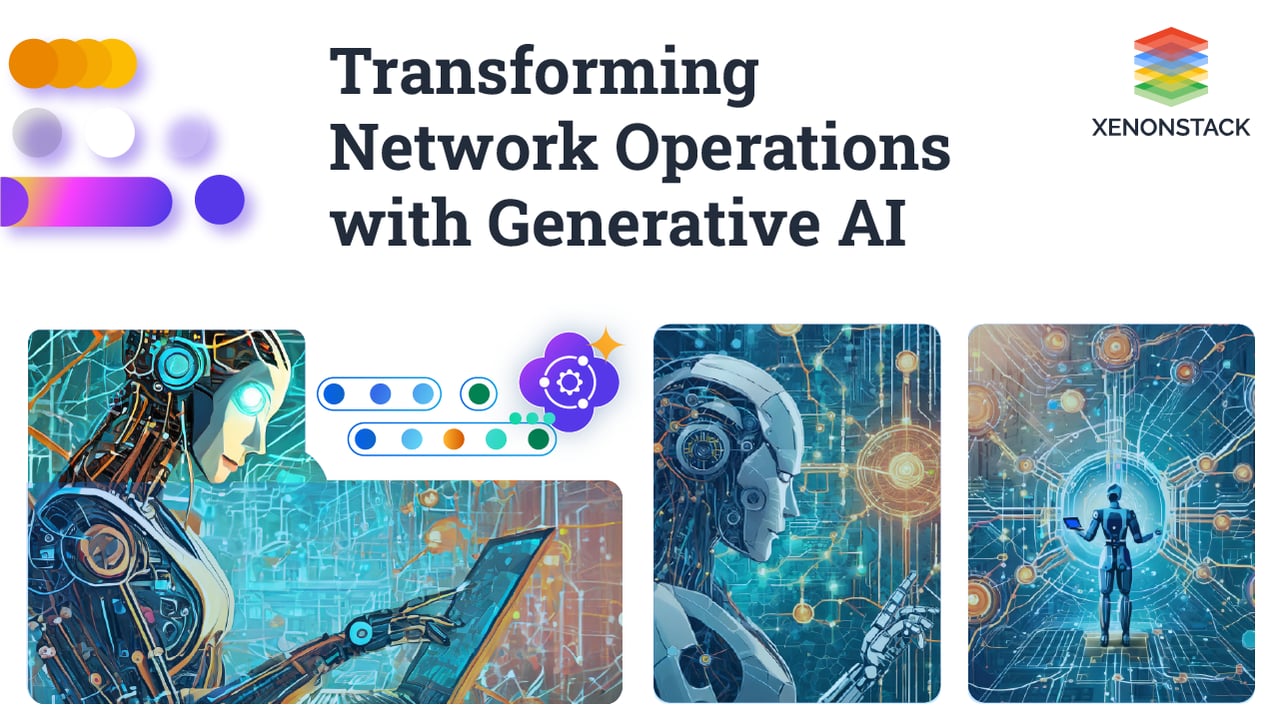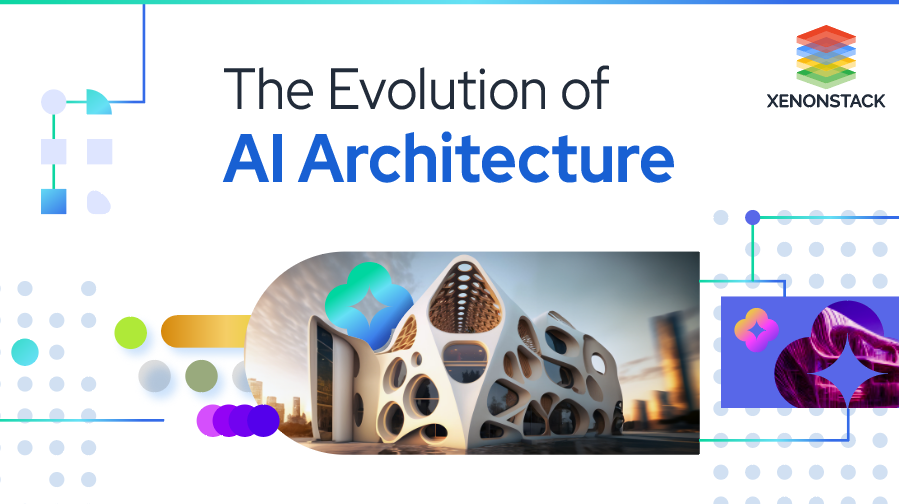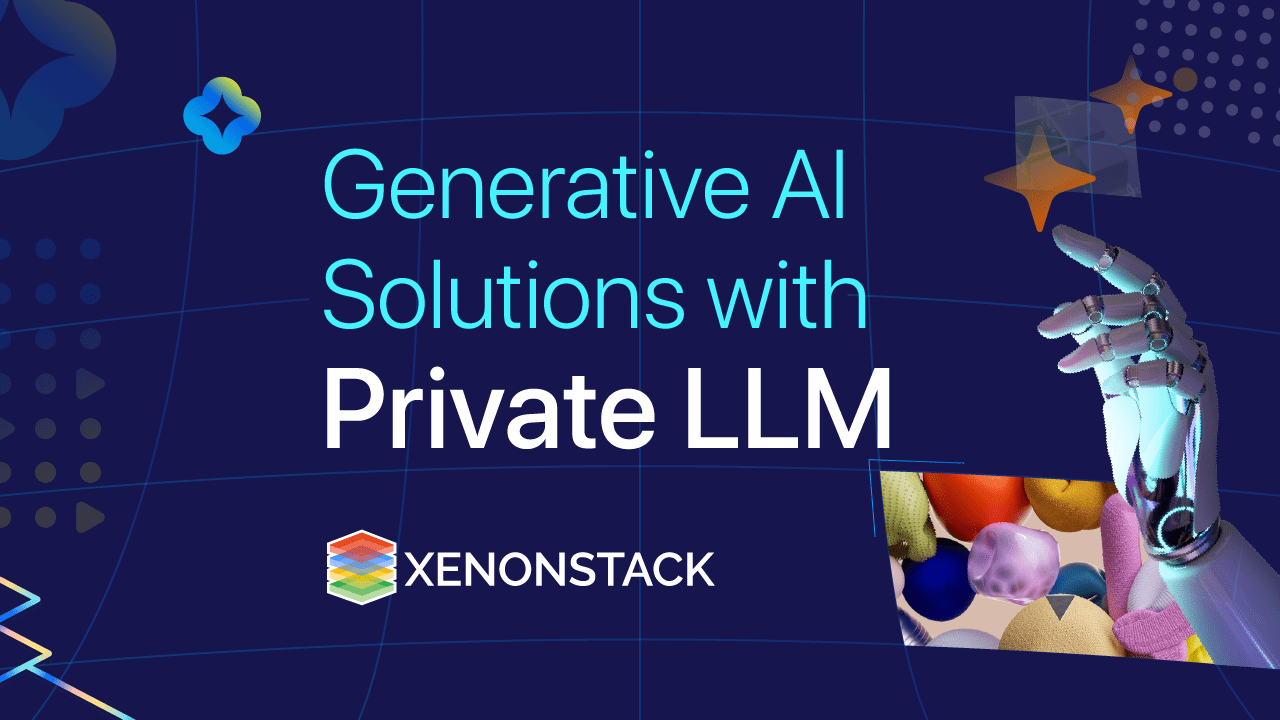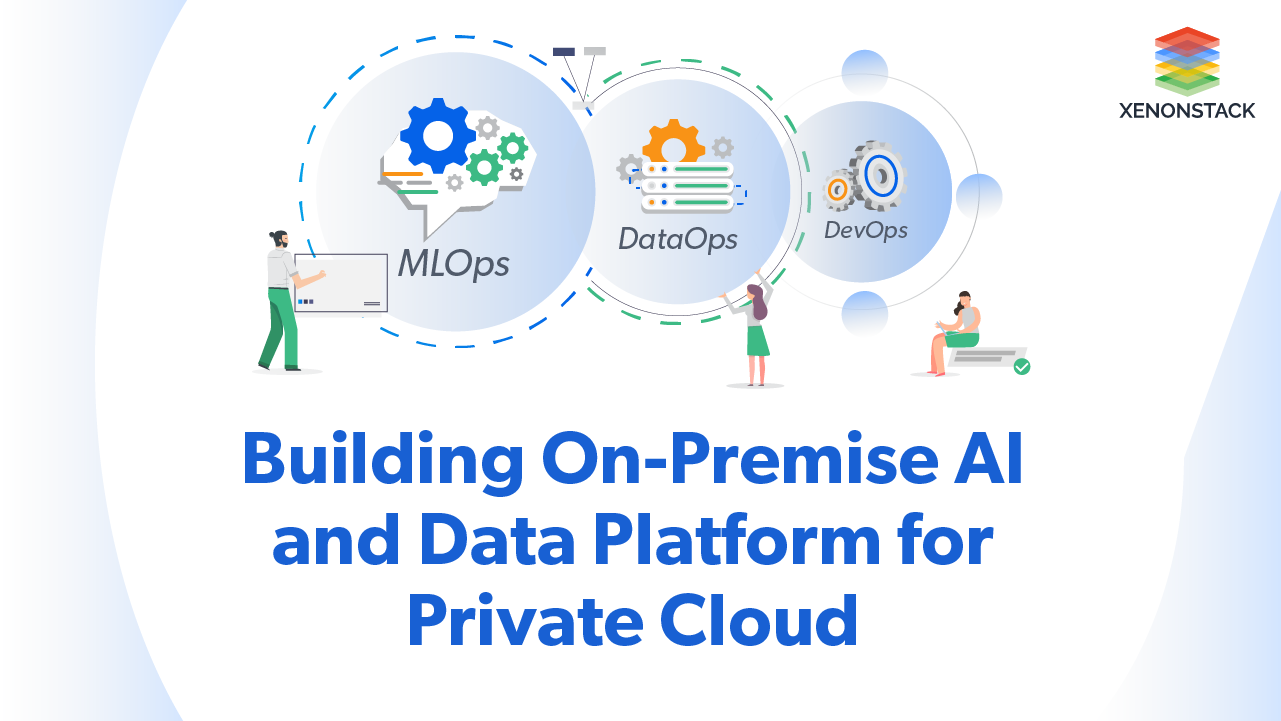
Introduction
In today’s completely connected word, network operations have become the backbone of every industry. From ensuring seamless internet browsing to facilitating complex data transfers, the efficiency and reliability of network operations are crucial for businesses. Manage networks efficiently, especially at scale, presents challenges that require innovative solutions. This is where Generative Artificial Intelligence A steps in, to revolutionize network operations.
Generative AI
Generative AI is a subset of artificial intelligence, it works on training algorithms to produce new data resembling a given input dataset. Unlike traditional AI models focused on classification or prediction tasks, generative AI models itself generate new data. These models developed using extensive training on vast datasets.
Network Operations
Network operations processes involved managing, monitoring, and maintaining a computer network infrastructure. This entails activities like configuring network devices, enhancing performance, resolving issues, and upholding security. As networks expand in complexity and size, conventional manual management methods become laborious.
Network Operations Center (NOC)
NOC serves is a centralized management structure. It brings together IT professionals and the necessary technology to support networks operations twenty-four seven. Acting as the frontline operations hub, its primary purpose is to manage networks of organizations from network disruptions and failures.
Functions of a Network Operations Center
-
Installing Network Infrastructure and Devices: NOCs are tasked with setting up and deploying network infrastructure components and devices, ensuring they are properly configured and integrated into the network.
-
Patching the Network: To maintain optimal performance and security, NOC personnel consistently apply patches and updates to network software and devices, Ensuring they are updated with the latest improvements and security patches.
-
Enforcing Network Policies: NOCs enforce policies governing network design, performance, and connectivity. This includes ensuring adherence to security protocols, bandwidth management policies, and compliance regulations.
-
Troubleshooting Network Issues: When network disruptions occur, NOC teams are responsible for diagnosing and resolving issues promptly. This involves analysing network logs, conducting network tests, and troubleshooting hardware and software components to restore service.
-
Implementing Disaster Recovery Systems: NOCs are pivotal in deploying and overseeing disaster recovery systems to minimize the impact of network outages or disasters. This includes setting up redundant systems, data backups, and failover mechanisms to ensure business continuity.
-
Monitoring Network Security: NOCs continuously monitor network security software to detect and prevent potential security breaches, unauthorized access attempts, and malicious activities. They employ intrusion detection systems, antivirus software, and other security measures to safeguard network assets.
Challenges in Network Operations
1. Complexity: Modern networks consist of diverse components, including routers, switches, firewalls, and various protocols. Coordinating these elements and ensuring their seamless interaction can be overly complex.
2. Scalability: As connected devices multiply and technologies like IoT and 5G emerge, networks are rapidly expanding. Managing large-scale networks requires scalable solutions that can adapt to evolving requirements.
3. Security Threats: Cybersecurity threats pose a significant risk to network operations. From malware and phishing attacks to DDoS (Distributed Denial of Service) assaults, networks must be fortified against a wide array of threats.
4. Performance Optimization: Users demand fast and reliable network connectivity. Optimizing network performance to deliver high-speed data transfer and minimal latency is essential, particularly in sectors like finance, healthcare, and online gaming.
Generative AI Transforming Network Operations
When your NoC’s events and its data are not ingested, stored, and analyzed properly, incident management and its workflow suffer. GenAI for NOC Operations integrates configuration changes with event data and provides opportunities to improve availability and support operations. The value proposition of this solution is in both cost optimization and customer reputation.
Adopting AI to the NOC operations removes the filters required to make analysis manageable for human engineers. Xenon Stack’s decade old experience of data ingestion, processing and machine learning capabilities we can work with you to make the NOC capable of identifying the important and meaningful indicators of approaching issues in correct way.
Generative AI can automate and optimize various aspects of network management. Here is how:
-
Predictive Analytics: Generative AI models can analyse historical network data to predict potential issues before they occur. By identifying patterns and anomalies, these models enable proactive maintenance and troubleshooting, reducing downtime and enhancing reliability.
-
Automated Configuration Management: Configuring network devices according to specific requirements can be time-consuming and error prone. Generative AI algorithms can automate the configuration process based on predefined policies and best practices, ensuring consistency and adherence to security standards.
-
Adaptive Security Measures: Generative AI-powered security systems continuously analyse network traffic patterns to detect and mitigate potential threats in real-time. These systems can dynamically adjust security policies and security system rules to safeguard against emerging threats, enhancing network resilience.
-
Dynamic Resource Allocation: In dynamic network environments where traffic patterns fluctuate unpredictably, Generative AI algorithms optimize resource allocation for efficient network resource utilization. This dynamic allocation improves performance and minimizes latency, enhancing user experience.
GenAI add immediate value to your NoC If…
-
Your team is working repetitive tickets that can easily be automated.
-
Your team is slow in identifying the issue because knowledge is scattered across the enterprise.
-
There are multiple teams involved and there is a clear gap in collaboration.
-
You have very unpredictable usage patterns in your platform, and it is challenging to keep your platform rightly scaled.
-
Continuously Monitoring each Metric is not humanly possible to keep an eye on all.
-
Effective Root Cause Analysis are missing and not adding value in future Incidents.
-
You are tired of keeping Infrastructure as a Code coverage 100% and still not able to prevent Drifts because of large and distributed teams.
-
You have so many false alerts that you missed the important one.
Capabilities
AI at L0 Support
Reduce Mean Time to Detect & Investigate
Think It like a Best Answer from StackOverflow mapped with Tech Stack of your enterprise. If a container is going to CrashBack Loop and unable to connect to Database, Our Solution can Investigate it amazingly fast and give feedback to L1 Engineer that TLS Certificate has been expired causing this issue.
Reduce Mean Time to Repair & Restore Service
XenonAI’s agent will be first to comment on Incident Ticket with resolution of the incident. If XenonAI is confident of the resolution. It will ask L1 engineer’s permission to execute it. This can potentially reduce MTTR and MTRS. XenonAI learns from your incident manager’s tickets and resolution provided by Engineers in the past.
Smart Alerts
If your Memory Usage alert is triggered daily in your Slack Channel and it is being ignored by your Ops team because they know it is not really an issue, Smart Alerts feature is for you. Smart Notifications enable feedback on Alerts; learn from your feedback and reduce it. It intelligently ties your Notifications with tickets being raised by the Incident Manager for easier Identification of root cause.
Our AI Enabled NOC operations offers generative AI hosted privately within your enterprise that allows your team to streamline workflows by conversating, and generate relevant content tailored to your specific use case. It can even create actionable playbooks and execute them. A good example of this use-case can be described as: -
“Hey XenonAI, we are expecting our Traffic to be increased by 20% upcoming weekend, could you please help us in the preparation”.
“Sure, to be ready scale up our platform, I suggest: -
-
Looking at Historic Usage Patterns Preparing a pristine environment and Load Test it.
-
Load Testing the Platform with the simulated load in upcoming maintenance window.
-
Run Load Testing report through XenonAI’s Capacity Analyzer that can help you extrapolate the Load Test against the anticipated traffic.
-
Take Note of Configurations and Apply the Configuration before the weekend.
Would you like me to schedule this activity and share a report?
“Yes Please”
“Okay, creating a Ticket and assigning it to myself.”
How it Works?
Our platform integrates with multiple components in the IT environment of your enterprise to gather and analyze copious amounts of data from various sources. The data includes: -
-
Knowledge Base
-
Application logs
-
Infrastructure Logs
-
Network Logs
-
Application Metrics
-
Performance metrics
-
Cloud & Platform Events
-
User behavior
-
Incitement Manager Events
-
Change Management System
-
Communication Channels
The data is used to train AI and ML models, these platforms can detect patterns, anomalies, and trends that might be indicative of potential issues or opportunities for optimization. Some key features and benefits of AIOps include:
Maintain & Control Your Data
Our Solution is deployed in your organization’s Premises or Cloud and does not share any data or Information Publically.
Conclusion
Generative AI can help in network operations by automating routine tasks, optimizing performance, and enhancing security. By using the power of machine learning and data analytics, organizations can streamline their network management processes, reduce operational overheads, and improve overall reliability. As we continue to embrace the era of interconnectedness, Generative AI will undoubtedly play a pivotal role in shaping the future of network operations.
-
Read more about Top Generative AI Use Cases and Applications
-
Click to learn about Eye On LLMs In Production




